$25K Project Dino: Nothing is easy
If the Ferrari had ignited and burned to ash, I might have been relieved. After some 20 minutes of constant running, my newly rebuilt engine was still puffing out a smoke bomb that completely filled the rearview mirror. If there was an upside, it was that the emissions lent character to an otherwise drab industrial complex in Commerce Township, Michigan, on a chilly January day. For a moment, the damp parking lot was a reasonable facsimile of a fog-laden English moor. You don’t see that every day.
If you’ve been keeping up with my semi-DIY restoration of a 1975 Dino 308 GT4, it had its first drive in February of 2022. By November I had retrieved the Ferrari V-8 after a $20,000 rebuild, the most difficult body repairs were finished, and I naively assumed my effort had morphed from physical work to simply writing checks to the professionals who would paint the car and remake the interior. After almost two years, however, Easy Street remains miles away.
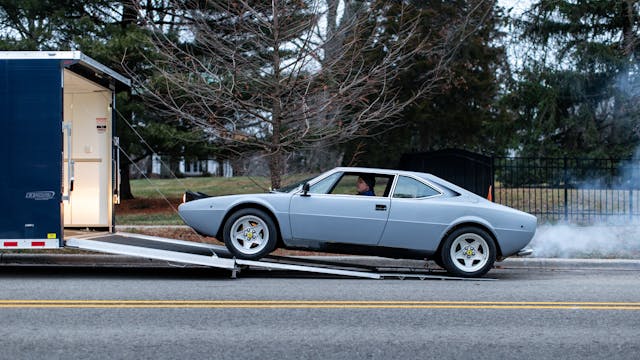
Last fall, I installed the engine twice. The first time, the four engine mounts—which, on brief inspection, look the same but are not—were in the wrong positions. We had to crane the engine back out and reinstall the mounts, then lower the engine back into the tight engine bay. Beyond stressful. What if a chain breaks? What if, as we wrestled the 400-pound engine into position, it smashed into the impossible-to-replace rear window? My 20-year-old son and another friend were helping. What if one of us pinched a finger between the motor and the frame?
We got the motor into the bay without injuries. Whew. After wrestling with the exhaust headers and bolting up the ancillaries, I gingerly twisted the key. The moment of truth! The V-8 eagerly sprang to life, but a quick spin of the neighborhood revealed that my Ferrari had morphed into a crop-duster. A neighbor called and said he hadn’t seen me drive by, but he knew it was me because my smoke trail was still in the street.
New and newly rebuilt engines often burn oil. The oil path is typically the tiny gap between the piston and the cylinder it rides in. The oil, frothed by the spinning crankshaft, is propelled upward to the top of the piston, where it is burned with gasoline. Even a small amount of oil can cause thick exhaust smoke. Older motors, even when they were new, burn more oil than modern engines. A rule of thumb used to say that a motor that burns less than a quart of oil every thousand miles is just fine. Today, we hardly check the dipsticks on our new cars.
Rebuilt engines require breaking in, a period when the new moving metal parts microscopically machine themselves into proper fit with each other. The gap between the piston and the cylinder wall is sealed by metal piston rings, which fit into grooves cut around the pistons. The rings sometimes require time to properly seal and that’s what I thought was the case for my new engine, but I needed to run it more to find out.
Problem was, I had removed all the lights from the car and it wasn’t street-legal. Winter—and salt trucks—had arrived, so my only option was to take the car to a chassis dyno, a device that connects to the driven wheels and allows an operator to simulate driving while the car stays stationary. A half-hour of dyno time would break in the engine and stop it from burning oil, I figured. No dice. I drove the belching Ferrari back onto my trailer and considered my options.
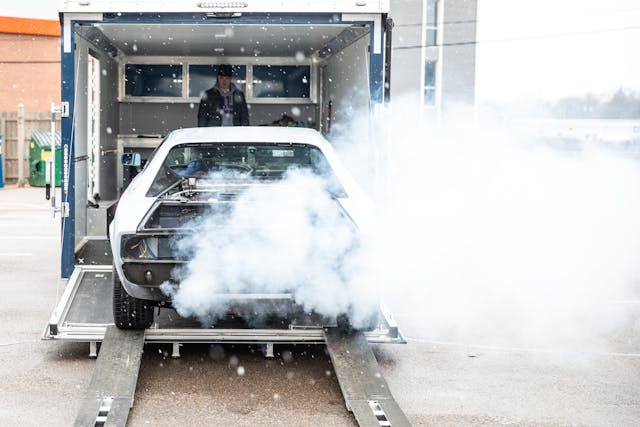
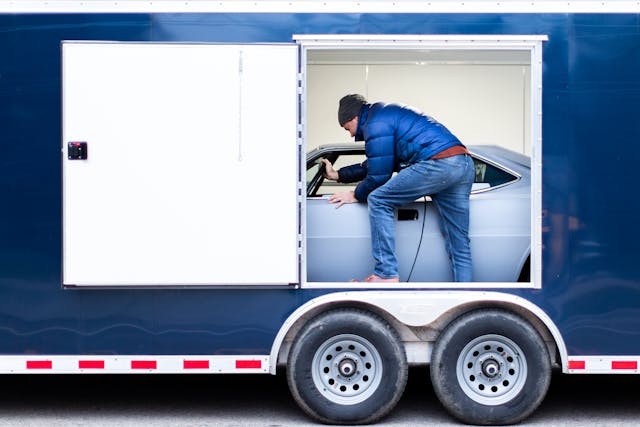
Without knowing the cause of the excessive oil burning, I realized the finish line had just been moved further away. The joy I felt for my new toy when I’d purchased it was replaced with dread. How much more work, time, and money would I need to finish the car? Did I even want it anymore?
The following weekend, my son and I carefully removed the V-8 and taped reminders such as “Put the exhaust in before the engine” to the rear window. A friend drove the engine from Ann Arbor to Al Pinkowsky’s shop in Milwaukee, Wisconsin.
Pinkowsky—who had rebuilt the engine—and I had spent many hours on the phone as he remotely coached me to check certain things, both of us hoping for a simple fix. The engine arrived at his shop in mid-January, and despite a backlog of cars in his one-man business, he jumped on it, eager to stand by his work.
The culprit was some bad piston rings. Pinkowsky disassembled the engine and then reinstalled just the rings into the empty cylinders. Shining a light under the rings revealed tiny gaps between the rings and the cylinder wall. He had my old rings, and they, conversely, blocked the light.
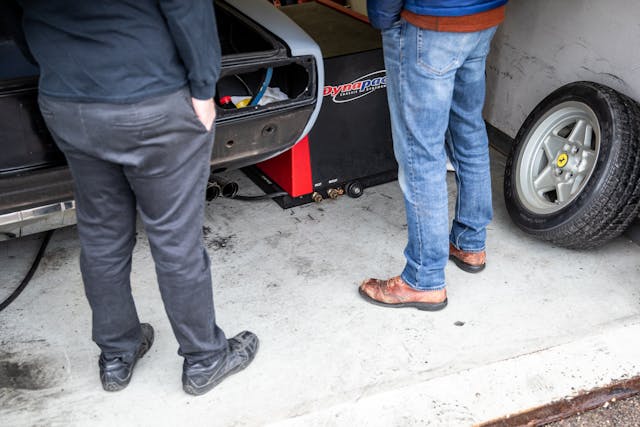
Neither Pinkowsky nor any of my other professional mechanic friends had ever heard of faulty rings, but all noted the general decline in the quality of available parts and were not surprised. In early March, I trailered the car to Milwaukee, and we installed the engine.
Pinkowsky did not whoop like I did when the newly started engine ran without the smoke trail. He knew he found the problem, he fixed it, and he didn’t charge for this second rebuild. I gave him two grand, however, a 10 percent token to recognize that we’d both been hit here, he more than I.
Pinkowsky’s shop is filled with Ferraris and Lamborghinis owned by people waiting in line for his experience and honest reputation. If you are lucky to have access to a similar craftsperson, I recommend that you take care of them. Few of these people, if any, get rich keeping our old cars on the road. Things happen. Not only do I now have a purring motor, but I also spent two instructive days working alongside a pro. I often say that I love car projects for the people I meet and the things I learn, and that certainly proved true in Wisconsin.
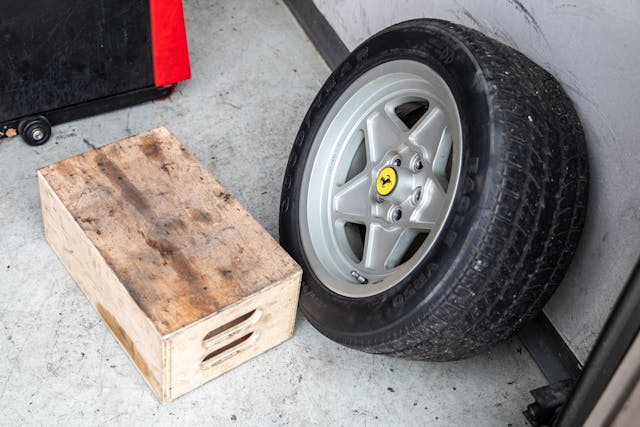
Back in Ann Arbor, the man I hired to do the bodywork, Sam Sturm, passed away. His wife told me that they found him in his shop—he, too, worked alone—and did not know the cause of death. Sturm, who was 61, and I had a handshake arrangement for a part-time job he mostly did in his personal garage. My car was part work, part social, and I would often stop by to discuss the project. Our visits were fun, and I considered us friends. He’d stripped the paint, fixed the rust spots, and applied primer before returning the car so I could install the engine. I’d paid him $1000 and knew that didn’t come close to covering his time. His wife did not find any records, so I offered another $3000 when I went to the shop to pick up the hood and trunklid.
Then I learned how few local body shops would take a job like mine. Most collision shops only fix newer cars, and the ones that do restorations were booked until early 2024. Would I finish this car in my lifetime? According to the TechForce Foundation, a nonprofit charged with promoting vocational careers, the demand for body and paint technicians far exceeds supply. In 2022, the foundation reported that there was demand for 35,000 new collision techs but only 4500 vocational-school graduates. More than half of the people presently in the collision-repair industry are over 50. See what I mean about taking care of these essential craftspeople?
I asked around and found another body and paint guy who, like Sturm, was semi-retired and was choosy about the cars he worked on. My cheapo Ferrari fit the bill, and my new friend had an opening this spring. The week before I was due to deliver the car to him, a fire burned down most of his shop.
***
This article first appeared in Hagerty Drivers Club magazine. Click here to subscribe and join the club.
Check out the Hagerty Media homepage so you don’t miss a single story, or better yet, bookmark it. To get our best stories delivered right to your inbox, subscribe to our newsletters.
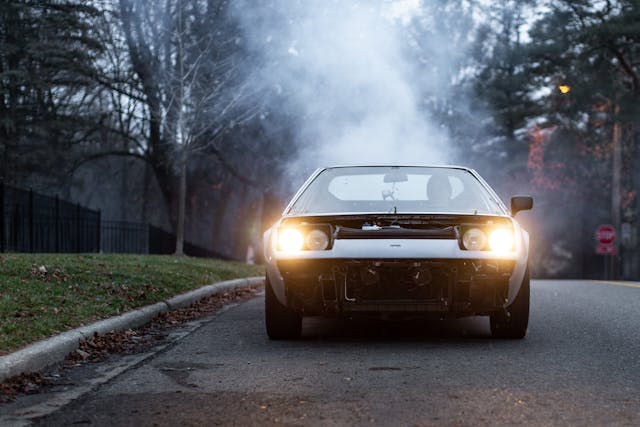
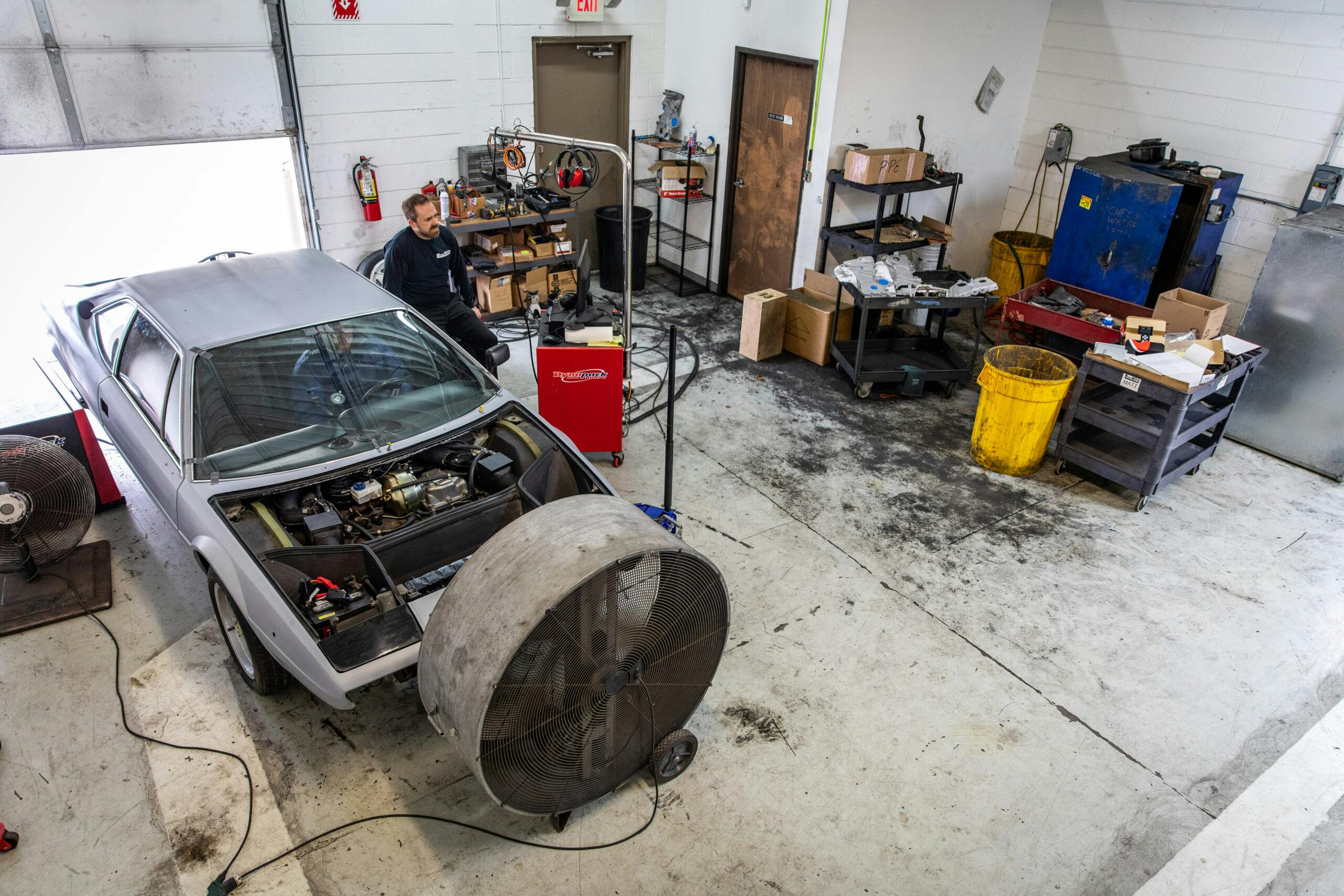
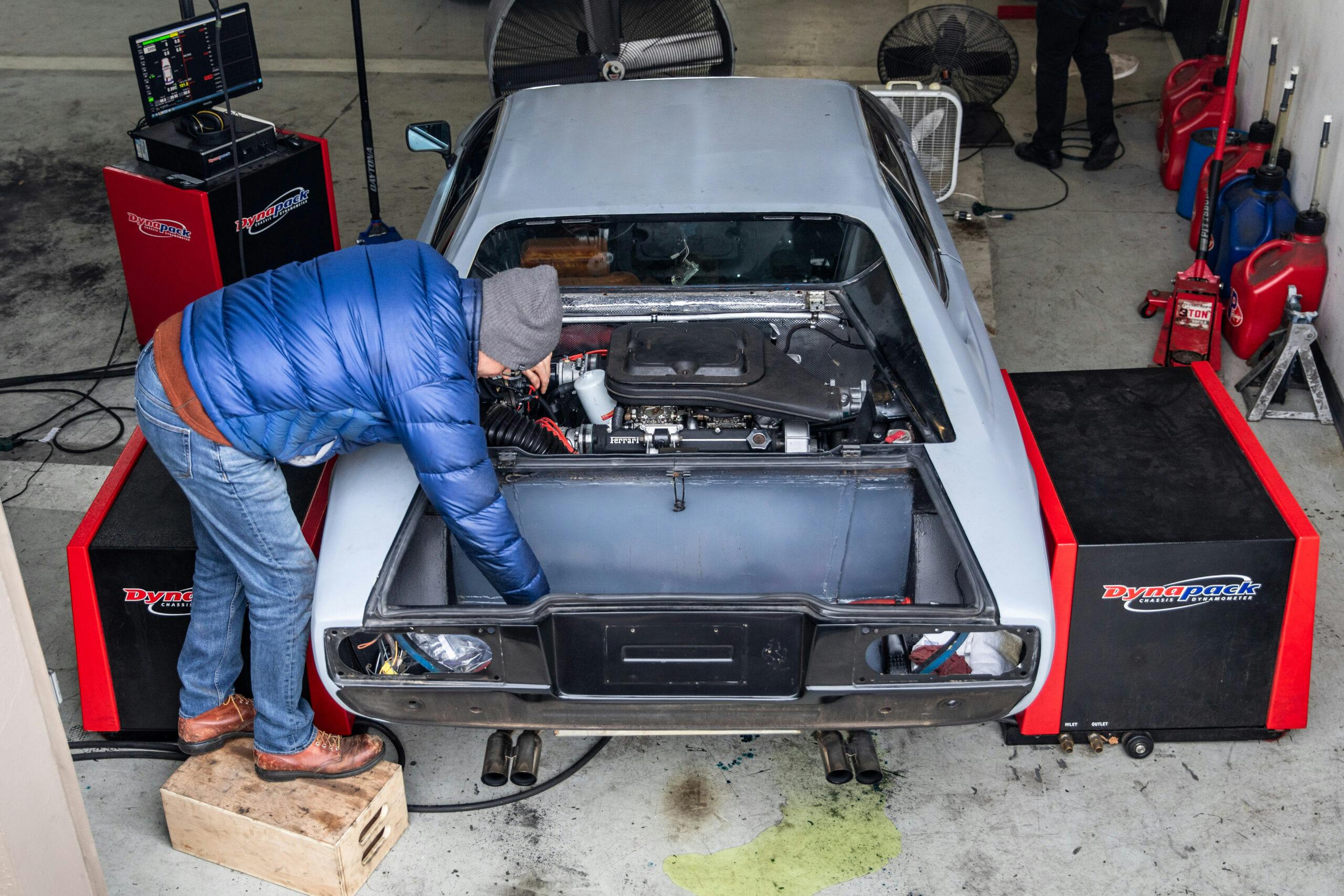
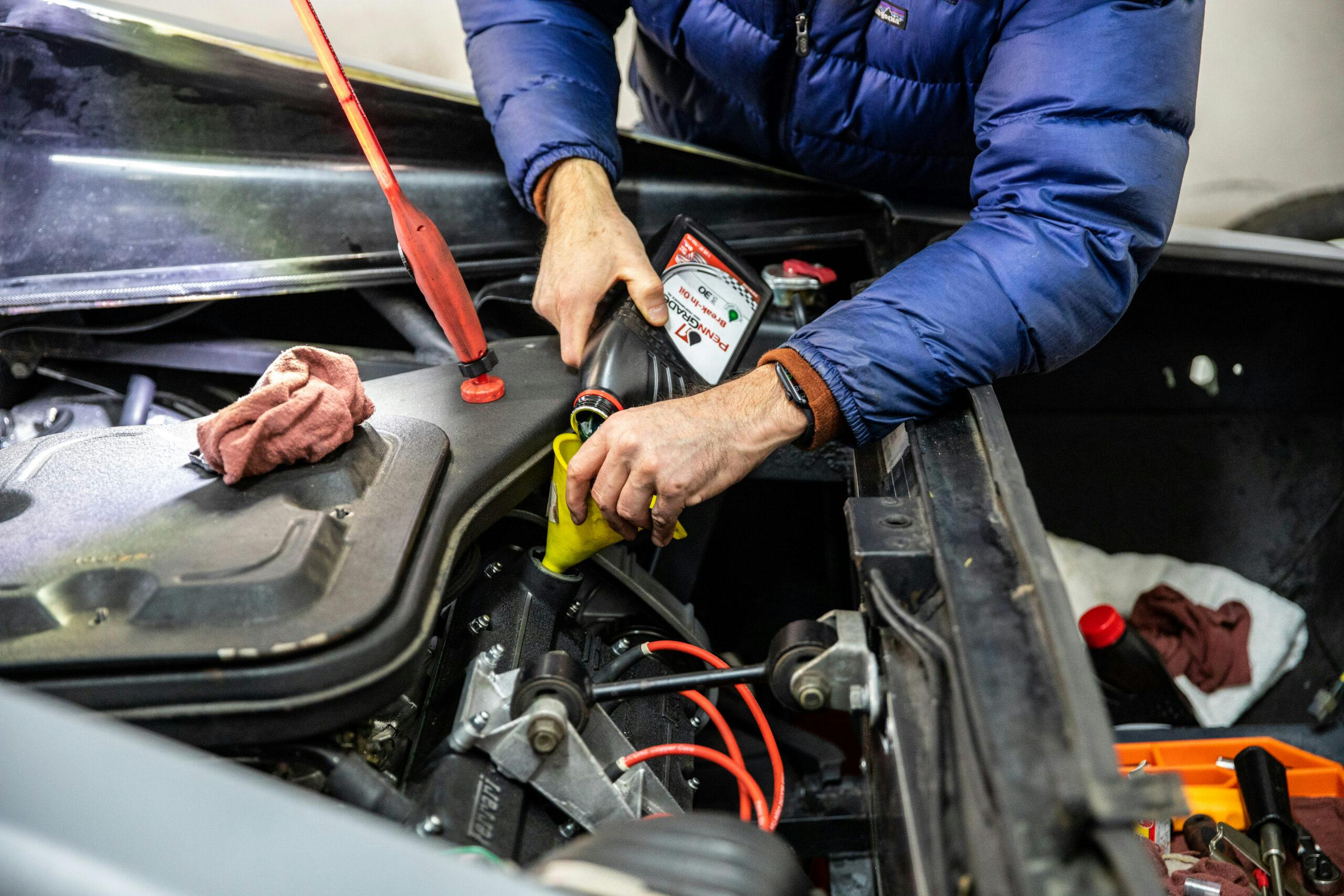
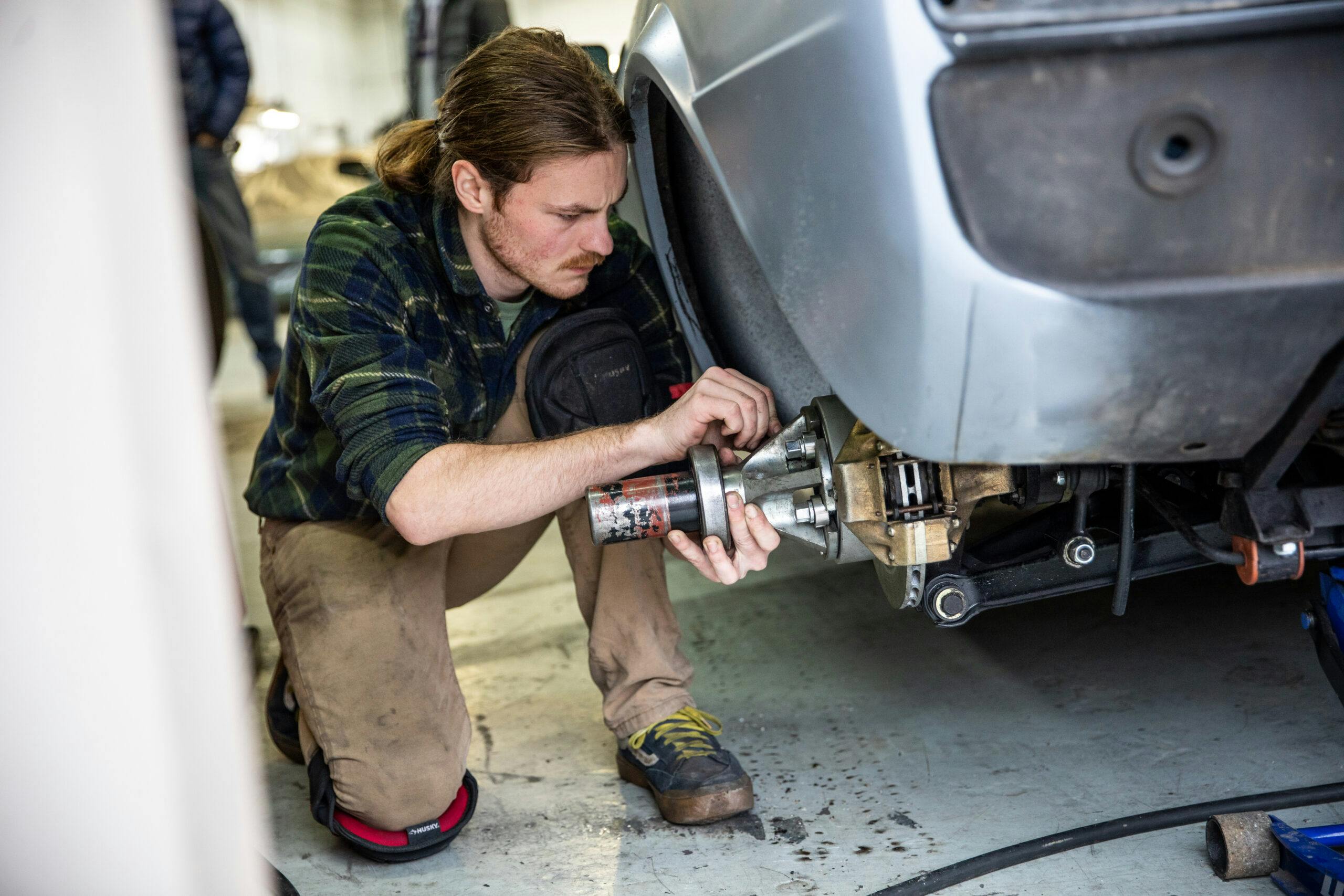
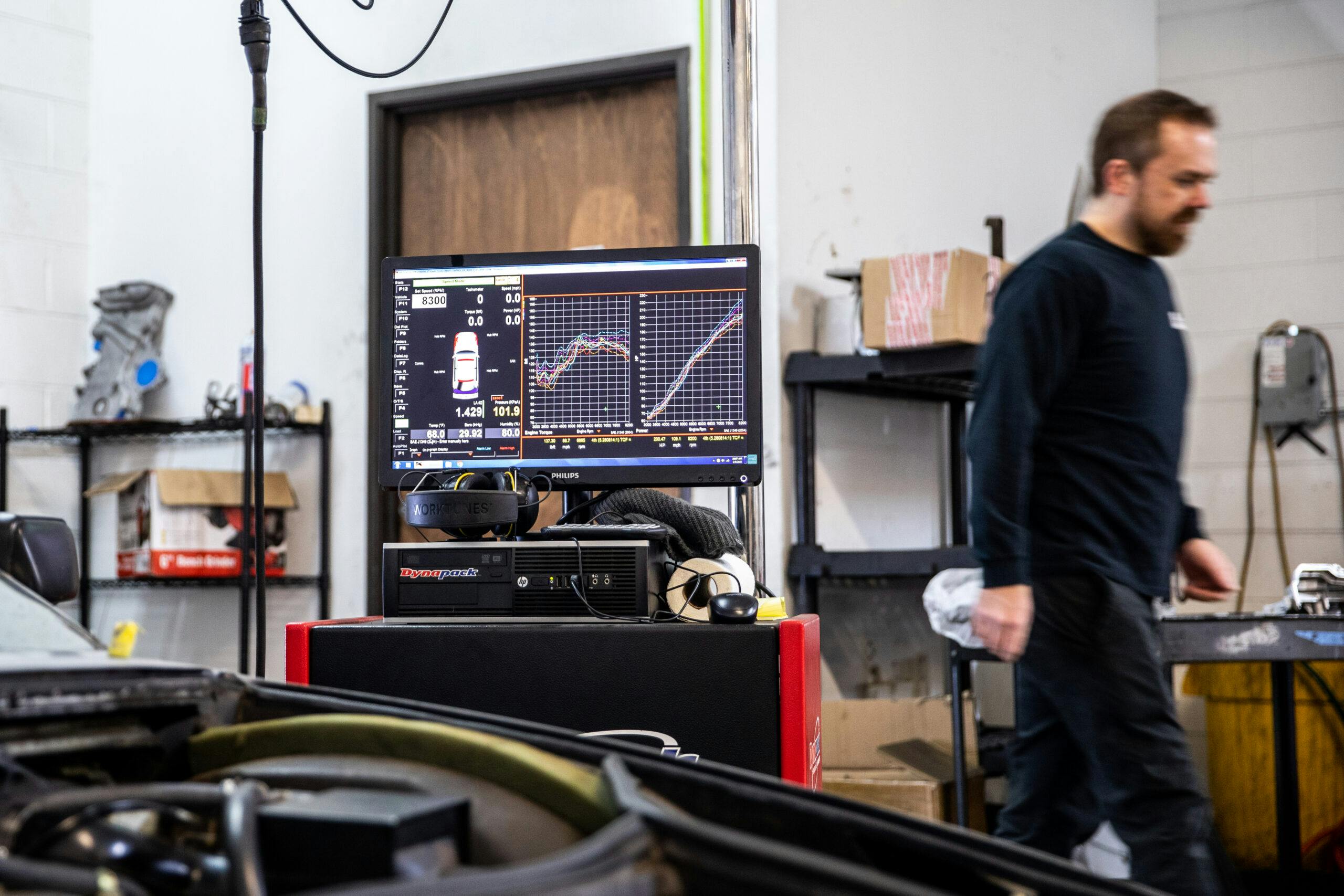
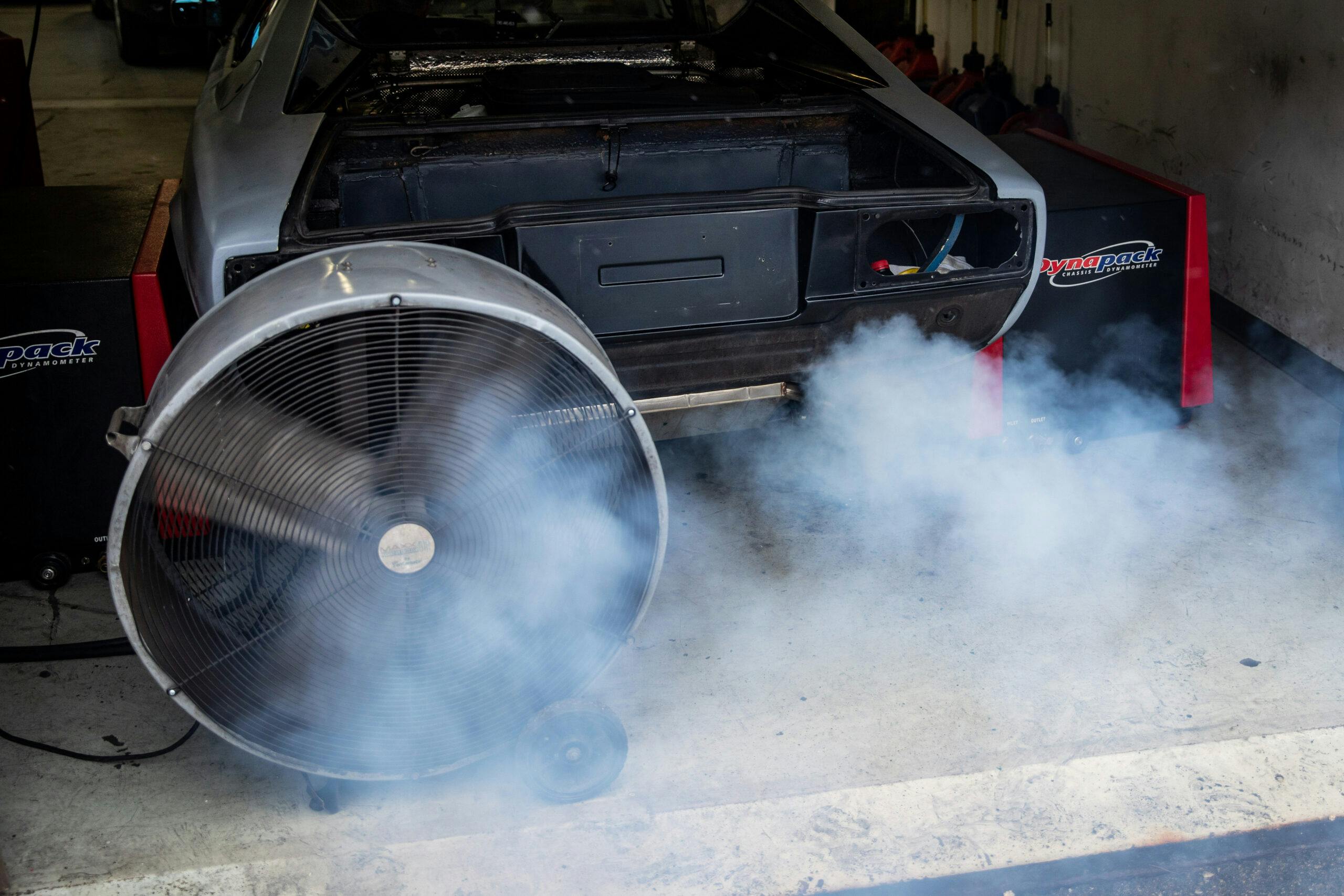


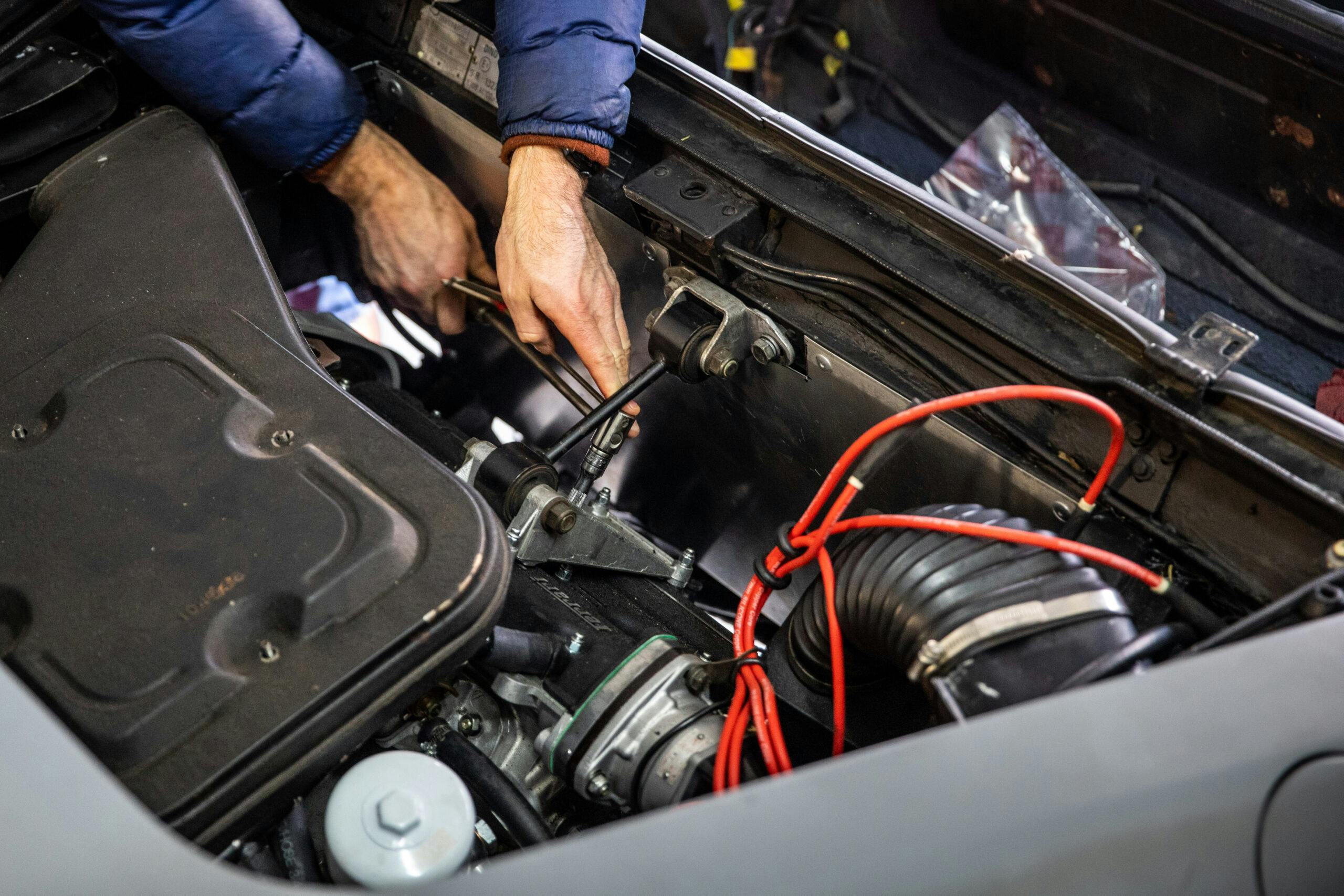

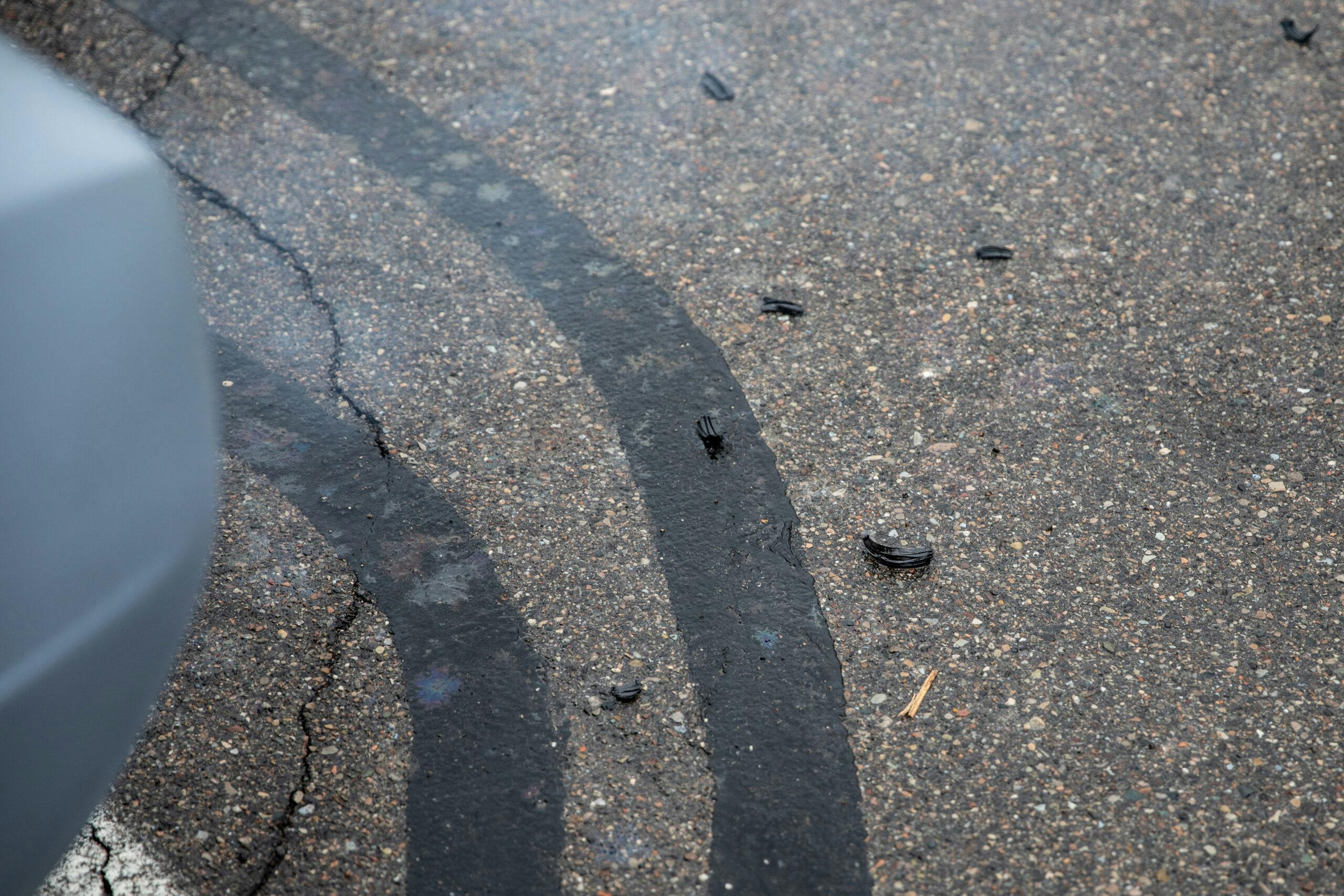

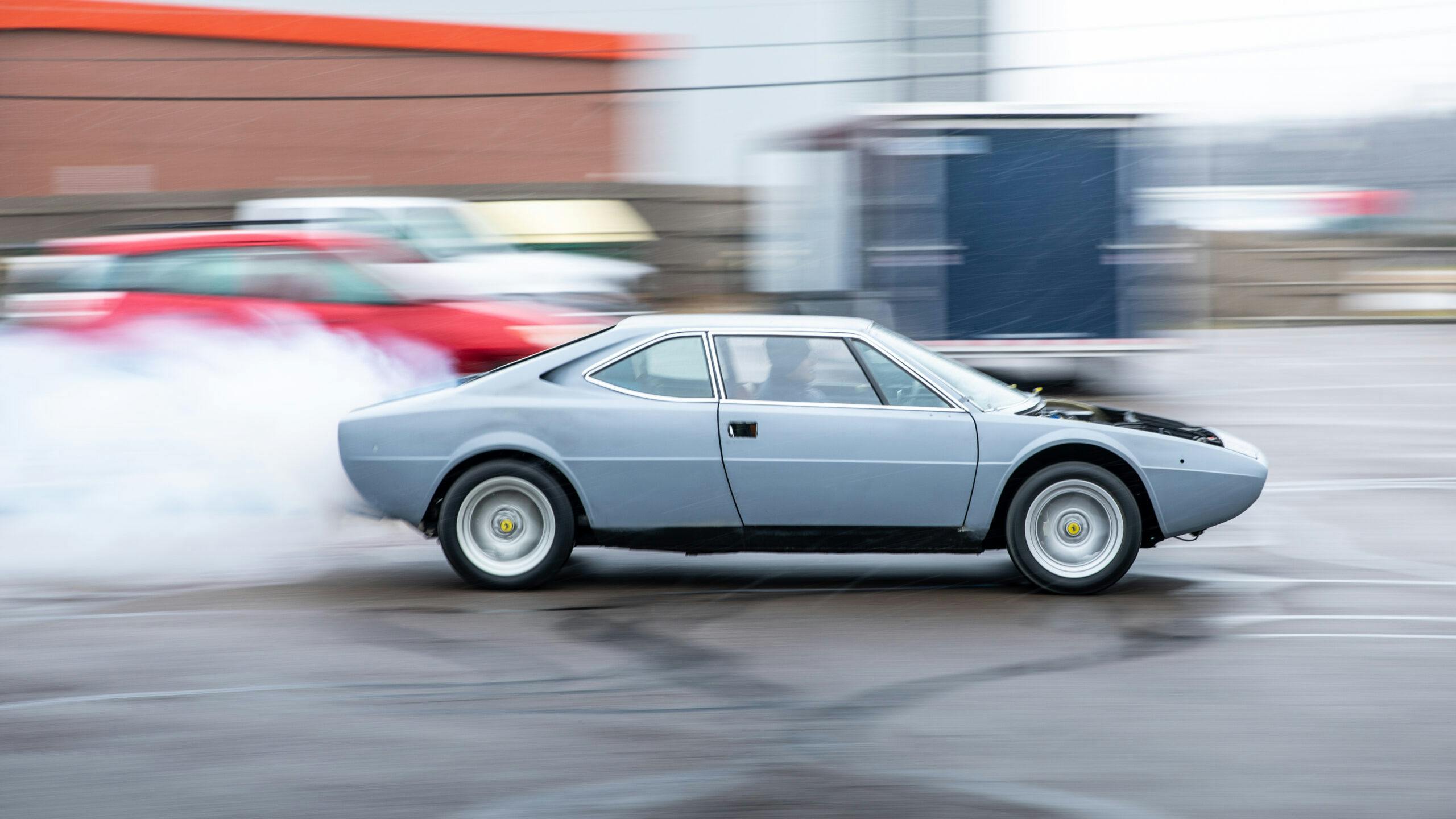
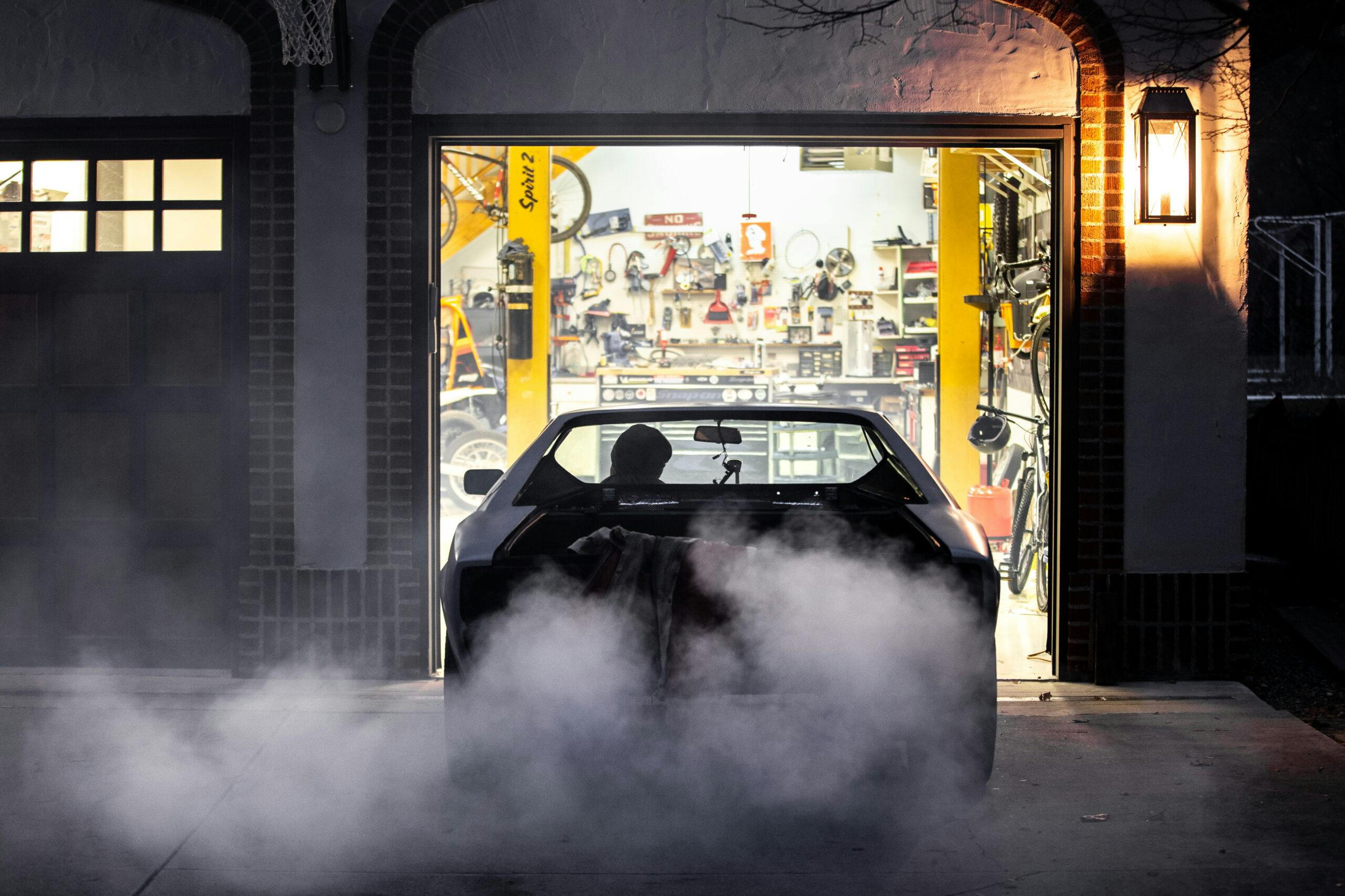


Please do you have an update on your 308 project? Many of us readers are excited about your affordable Ferrari, and would be very inspired to hear where you are currently at! Thank you!